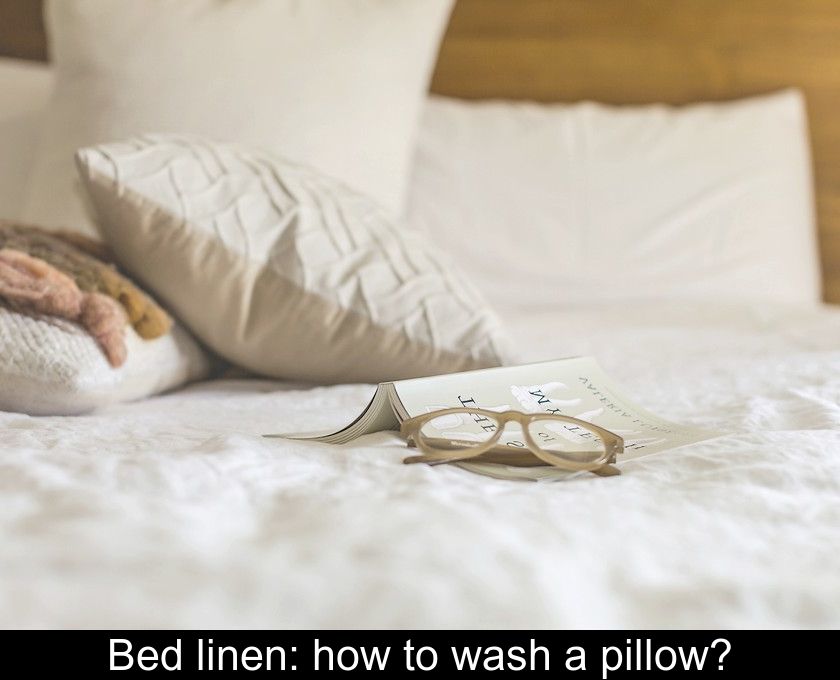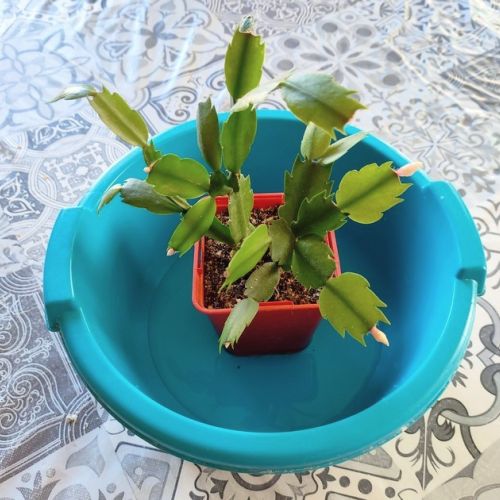Bed Linen: How To Wash A Pillow?
After a hard day, what a pleasure it is to get back into bed and lay your head on a soft, clean pillow... It's easy to wash your pillowcases to keep them fresh. But do you know how to wash pillows and do you do it often enough? We explain how to wash a pillow according to its material.
How often should I wash my pillows?
According to a British study, you should wash your pillows completely every two months minimum. This is because the pillow you lay your head on every night absorbs your sweat and saliva and accumulates dead skin.
Moreover, it constitutes a warm and humid environment, propitious to the development of dust mites and bacteria... This is why, even if you do not suffer from dust mite allergy, you must plan a regular maintenance of your pillows to sleep in a healthy environment.
As you can see, in order to sleep in a clean bed, you must wash your pillowcases at least every 15 days, but also the pillow itself! This washing is recommended every two months on average and even every month for people who suffer from dust mite allergies.
Maintenance should be even more regular in autumn and winter, as these are the seasons most conducive to the proliferation of dust mites due to heating and lack of ventilation in homes.
Should the pillow be hand washed or machine washed?
To find out if your pillow is machine-safe and what wash temperature to use, you should refer to the label.
It all depends on the model you own and the material it is filled with... As a general rule, feather or down pillows as well as synthetic pillows can withstand a wash cycle at 40°C.
Before a machine wash, you should also check that your pillow has no holes because its filling could escape, with unfortunate consequences for the pillow but also for your washing machine!
If you want to wash multiple pillows that go in the machine, note that you should not fill the drum beyond three-quarters of its capacity. Also remember to set the spin speed on your washing machine to a slow spin.
How to do a hand wash?
If your pillow is not machine washable, you may be able to hand wash it.
In this case, simply dip the pillow in a basin of warm, slightly soapy water and scrub gently. Then rinse the pillow thoroughly under the shower. It's easier to rinse it with the shower head than under the faucet.
Finally, let it dry flat. Air drying will take several hours, or even days. If you can, prefer machine drying: set your dryer on low heat and add two tennis balls to the drum to give the pillows some fluff back.
Beware: some latex or memory foam pillows cannot be washed, even by hand. For easier care, these models usually come with a cover that you can remove and machine wash.
For proper care of a latex or memory foam pillow, it is advisable to:
- to air the pillow every day
- wash the cover and the pillowcase every 10 days.
How to wash a yellowed pillow?
Over time, it is common for perspiration to cause yellow halos on pillows.
If your pillow has these types of yellow stains, you can take advantage of cleaning every couple of months to remove the stains with stain remover.
You can also make the fabric whiter by soaking the pillow in a basin of hot water with a glass of 30% hydrogen peroxide.
If you want to use a more natural trick, replace the hydrogen peroxide with the juice of 10 lemons and soak for 2 hours before machine or hand washing.
Another whitening tip is to dilute 500g of baking soda in hot water.
When should I change my pillow?
Finally, even if you wash your pillow regularly, be aware that it is recommended to change it every two years on average.
Despite all the care you give them, pillows still end up getting crushed and dirty. So it's important to renew them regularly to keep your nights comfortable.












